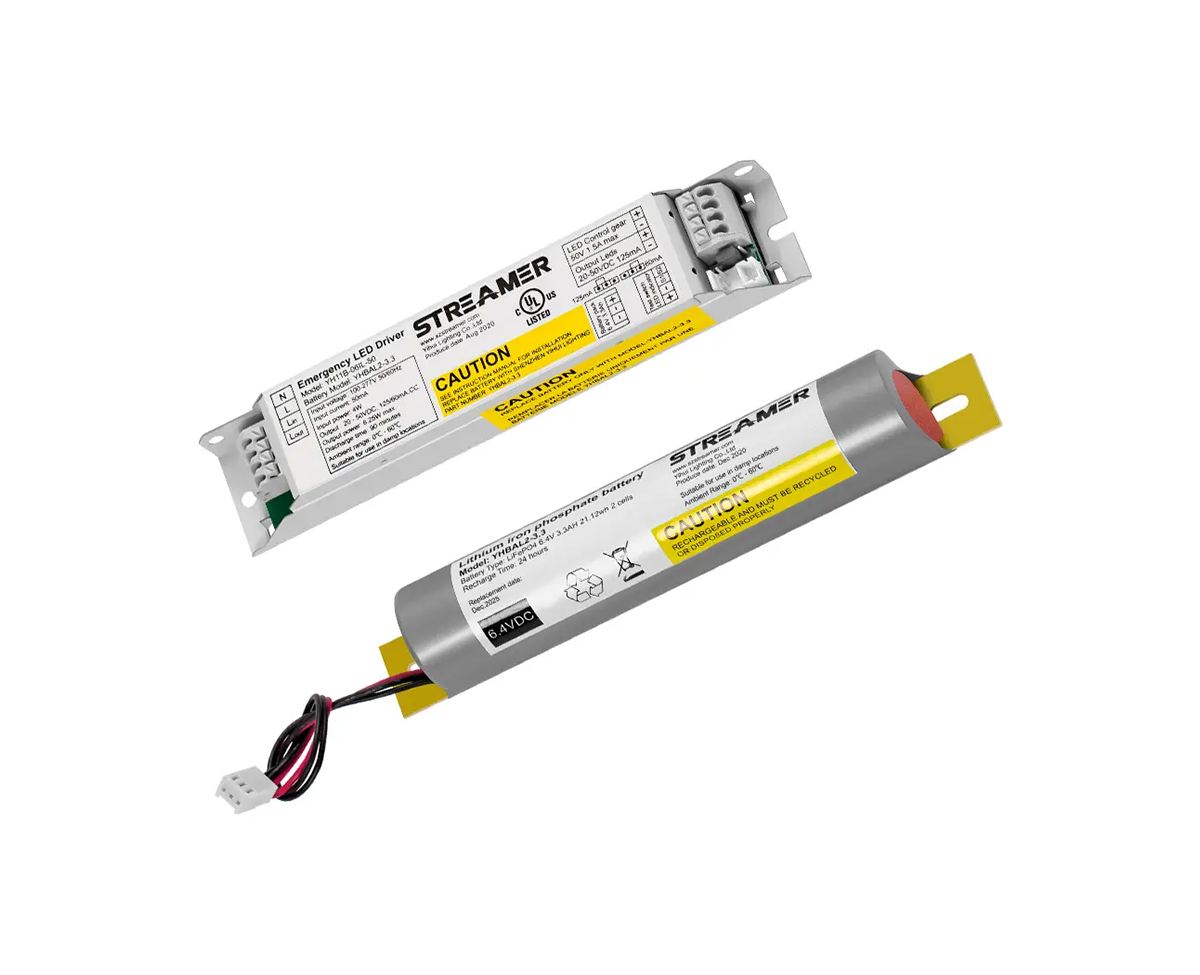 1
1
 Apr 04, 2025
Apr 04, 2025

LED emergency power supplies are expected to function reliably in a wide range of environments, from the harsh conditions of industrial settings to the relatively mild environments of residential buildings. As such, they indeed face certain environmental requirements, although the degree of strictness can vary depending on the specific application.
Temperature is one of the most significant environmental factors that affect LED emergency power supplies. These devices are typically designed to operate within a specific temperature range. In general, most LED emergency power supplies are rated to function in temperatures ranging from - 20°C to 60°C. In colder environments, such as in northern regions or cold - storage facilities, the battery performance within the power supply can be severely affected. Lithium - ion batteries, which are commonly used in many LED emergency power supplies, tend to have reduced capacity and charging efficiency at low temperatures. This can lead to a shorter backup time during power outages. To combat this, some power supplies are equipped with thermal management systems, such as heaters, to maintain the internal temperature within an acceptable range. In hot environments, on the other hand, overheating becomes a major concern. Excessive heat can cause the components within the power supply to degrade faster, reducing the lifespan of the device. High - quality power supplies often incorporate heat - sinks, fans, or other cooling mechanisms to dissipate heat effectively and ensure reliable operation.
Humidity is another important environmental consideration. High humidity levels can lead to moisture ingress into the power supply, which can cause corrosion of the internal components, short - circuits, and electrical failures. In coastal areas or regions with high humidity throughout the year, LED emergency power supplies need to be designed with proper sealing and moisture - resistant materials. Some power supplies are rated for use in humid environments and are equipped with waterproof enclosures or conformal coatings on the circuit boards to prevent moisture from damaging the electronics.
Dust and particulate matter can also pose a threat to the performance of LED emergency power supplies, especially in industrial or outdoor applications. Dust accumulation on the internal components can obstruct heat dissipation, leading to overheating. Additionally, fine particles can enter the electrical connections and cause electrical failures. Power supplies intended for dusty environments often feature sealed enclosures and air - filters to prevent dust from entering the device.
Vibration and shock are environmental factors that are particularly relevant in applications such as transportation or industrial machinery. Excessive vibration or sudden shocks can cause mechanical damage to the internal components of the power supply, such as loose connections, damaged circuit boards, or displaced batteries. To address this, LED emergency power supplies used in these environments are designed with rugged enclosures and shock - absorbing mounts to protect the internal components and ensure continuous operation.
However, it's important to note that not all LED emergency power supplies need to meet the most stringent environmental requirements. For residential or office applications, where the environment is relatively stable and controlled, the requirements may be less demanding compared to industrial or outdoor applications. Manufacturers typically offer a range of LED emergency power supplies with different environmental ratings to cater to various application needs.
In conclusion, while LED emergency power supplies do have environmental requirements, the level of these requirements depends on the intended application. Understanding these environmental factors and choosing a power supply with the appropriate environmental rating is essential to ensure the reliability and longevity of the device in different operating conditions.